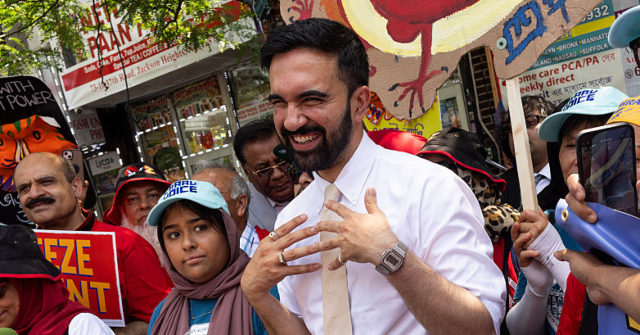Israel’s Home Front Command has extended sweeping emergency restrictions nationwide following President Trump’s weekend airstrikes on Iranian nuclear facilities, keeping the nation under “essential activities only” status amid fears of imminent Iranian retaliation. The unprecedented US military intervention in the Israel-Iran conflict has escalated regional tensions to their highest level in decades.
Emergency Measures Remain in Effect
The Home Front Command announced that emergency restrictions will remain in place through June 30, 2025, following a comprehensive security assessment. The measures, which began at 3:45 AM on Sunday, June 22, include the closure of schools, non-essential workplaces, and prohibition of public gatherings nationwide.
Israeli Defense Minister Israel Katz approved the Emergency Directive after consultation with military leadership, placing the entire country under “Red Policy 4” – the highest civilian emergency level. Citizens are advised to stay informed through official channels, including the National Emergency Portal and the Home Front Command mobile application.
The restrictions represent Israel’s most comprehensive civilian protection protocols, typically reserved for periods of extreme security threat. The extended timeline suggests Israeli intelligence expects sustained Iranian retaliation attempts following the devastating US strikes.
Trump’s “Operation Midnight Hammer” Targets Nuclear Sites
The emergency measures followed President Trump’s confirmation of successful US airstrikes on three critical Iranian nuclear facilities. In a White House address Saturday evening, flanked by Vice President JD Vance, Defense Secretary Pete Hegseth, and Secretary of State Marco Rubio, Trump called the operation a “spectacular military success.”
“We have completed our very successful attack on the three Nuclear sites in Iran, including Fordow, Natanz, and Esfahan,” Trump announced on Truth Social. “Iran’s key nuclear enrichment facilities have been completely and totally obliterated.”
The US military operation, dubbed “Operation Midnight Hammer,” involved B-2 stealth bombers dropping massive 30,000-pound bunker-buster bombs on the heavily fortified Fordow facility, while Tomahawk missiles targeted the Natanz and Isfahan sites. Pentagon officials described the mission as meeting “no Iranian resistance” and involving sophisticated deception tactics.
Fordow Facility Severely Damaged
Satellite imagery from Planet Labs confirmed significant damage to Iran’s most protected nuclear site at Fordow, built deep underground near Qom. The facility, designed to withstand conventional military strikes, was reportedly struck by the largest bunker-buster weapons in the US arsenal.
The International Atomic Energy Agency (IAEA) confirmed that while no increase in radiation levels was detected outside the facilities, the attacks had “severely damaged several” of Iran’s nuclear sites. However, preliminary US intelligence assessments suggest the strikes set back Iran’s nuclear program by only a few months rather than completely destroying it.
Iranian Threats and Regional Response
Iran has responded with defiant rhetoric and threats of retaliation. Supreme Leader Ayatollah Ali Khamenei called Trump’s demands for surrender “threatening and ridiculous,” warning that US intervention would cause “irreparable damage.”
Iranian military officials have declared “every American in the Middle East” a “legitimate target” following the strikes. On Monday, Iran fired missiles at the US Al-Udeid Air Base in Qatar, though the attack caused no injuries and was dismissed by Trump as a “weak response.”
The Islamic Revolutionary Guard Corps appointed a new commander after previous leadership was reportedly killed in related strikes. Iranian officials warned that “the gates of hell will soon open” on Israel and its allies.



